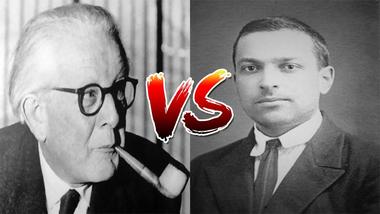
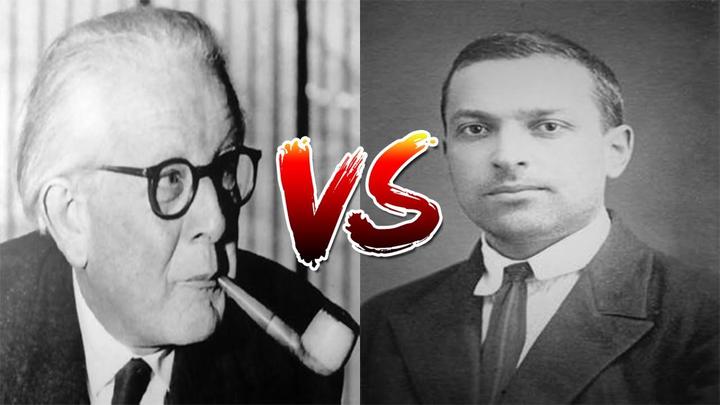
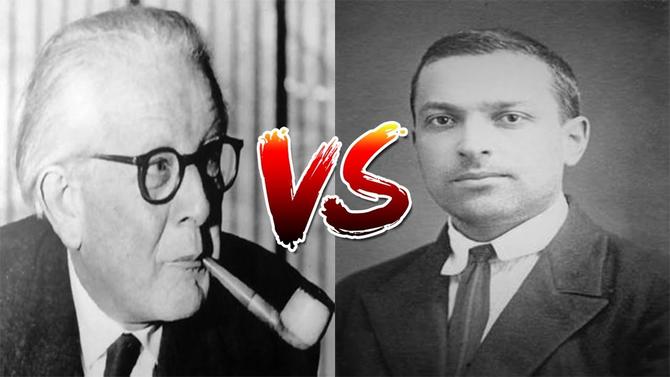
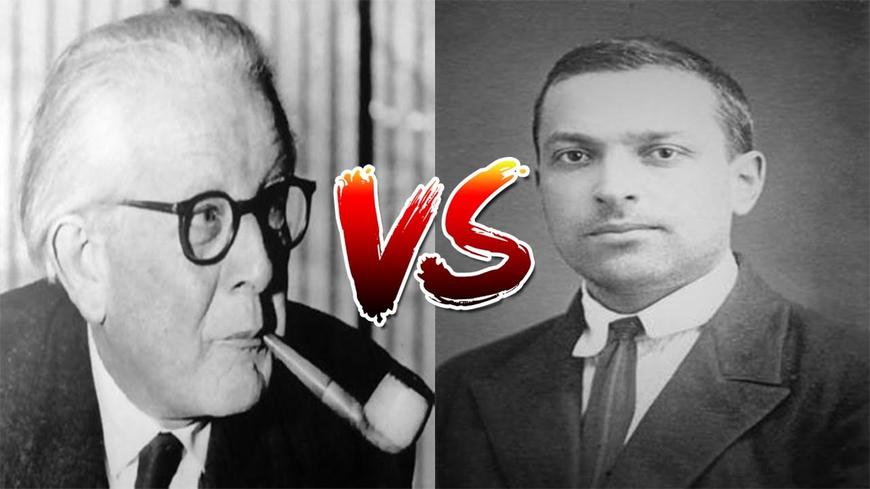
The issues of child development have been widely researched and discussed for decades with numerous theories being offered and experiments – including even highly unethical ones being held. Developmental psychology deals with the changes in human abilities and behavior throughout life. Thus, the aspects that have been concerning specialists in psychology include acquisition of motor and language skills, development of logical thinking, intellectual functioning and many others. Studying the process of development in human beings poses considerable importance to psychologists as it gives necessary and relevant foundations for managing and treating the development processes in children and all possible developments deviations and disorders.
Generally, there have been many diverse theories offered including social learning theory, psychosexual development theory, ecological systems theory, and others. Theories that have been winning much support nowadays are those based on the division the human development into several stages, for instance, Piaget’s theory of cognitive development, stages of psychosocial development offered by Erikson, Kohlberg’s stages of moral development, etc. However, the other part of theoretical approaches like Vygotsky’s approach tends to perceive development as a continuous process. Development theories tend to differ in their perception of the key factors that influence the development: the main debates always spark regarding the leading role of nature (genetic predisposition) or nurture (social interaction and upbringing). The current paper is aimed at an overview of two of the most influential development theories and investigating the evidence received in empirical studies in order to understand the relevance of the theories, reveal their weak and strong sides and find out which of them is more relevant.
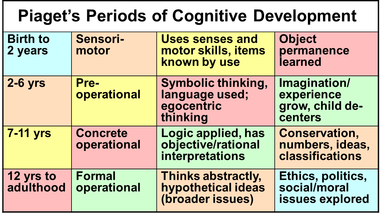
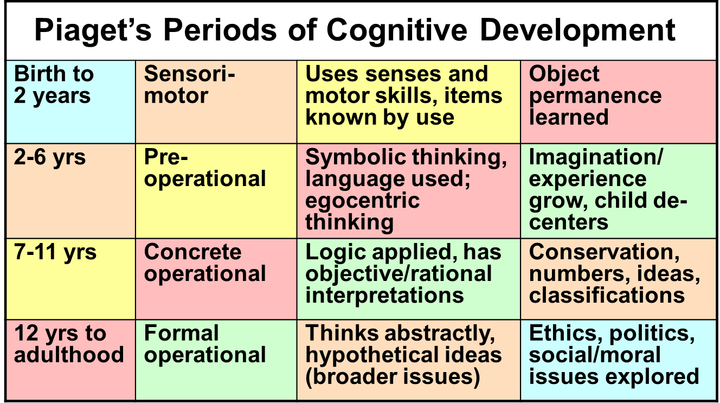
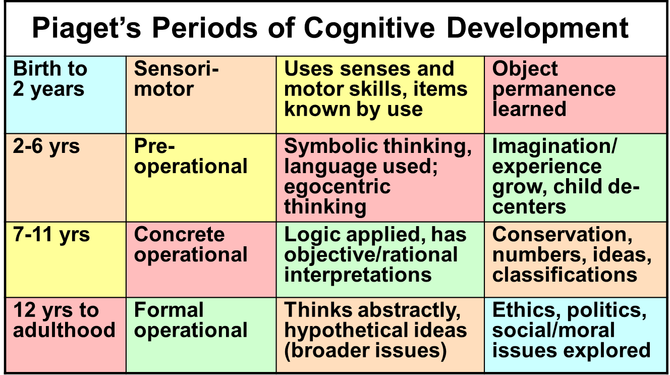
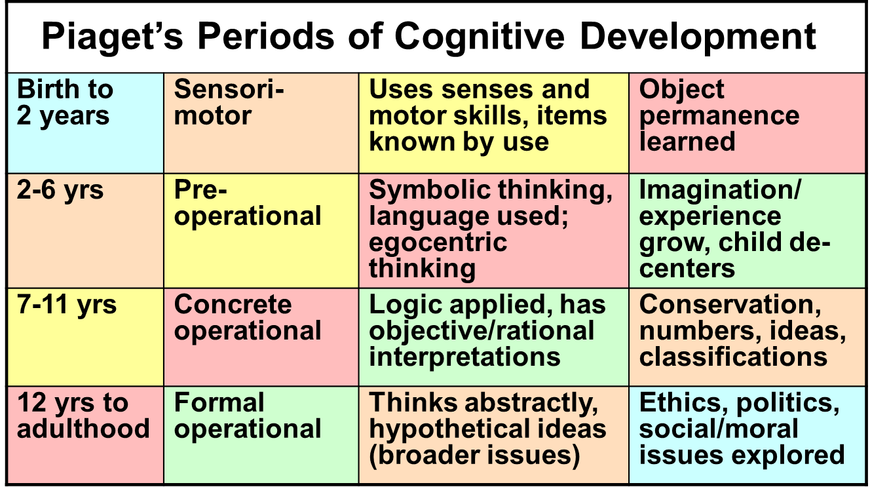
Overview of the theoretical basis
Theory of cognitive development
Jean Piaget, one of the most significant researchers in developmental psychology of the 20th century, was primarily interested in the investigation of the cognitive processes and development of cognitive abilities in children. According to his approach, the ability that distinguishes human beings from all other animals is “abstract symbolic reasoning” (Huitt). Observing his children and the way they come to know and develop their thinking, Piaget elaborated on the theory incorporating two main aspects: the way people come to know and the general stages they come through on the way of cognitive development (Huitt).
Regarding the relation to either nature or nurture as the key driver of children’s development, Piaget as a biologist chose to rely upon nature and maturation as the driving forces of the development process. In other words, according to this theory, there are certain age-based stages and age trends observed in children in the process of development and playing the key role (Bergin). In contrast to nativist developmental theories taking nature for the main development drive, current theory perceives a human being as an active participant of the process of development and supposes an individual to build up the cognitive abilities relying on the experience of his/her action within the environment.
Piaget’s theory consists of three main building blocks: schemas, adaptation processes that enable the transition between the stages, and the stages of development themselves (McLeod).
Schemas, according to Piaget, are the elementary units of knowledge and intelligent behavior that refer to different aspects of world perception (McLeod). In other words, schemas are fragments of data stored in the brain that gives a human being a hint on possible reactions to the incoming information and stimuli (Wadsworth). Thus, Piaget implied the increase in the number and complexity of schemas in the process of mental development (McLeod). Being a set of mental representations of the world in the human’s mind, the schemas are the kind of patterns of understanding and response to various surroundings and situations. People store them during their development process and apply them in case of need. In infants, we can provide smiling when being talked to as an example. Schemas are rather simple in babies and gradually become more complex with growing up. Piaget supposed even newborns to possess a certain set of innate schemas or reflexes, and – whereas animals possessing the same reflexes remain on the same level of cognitive development throughout their lives – the innate schemas possessed by infants tend to develop and grow in quantity (Huitt).
The second aspect of the theory deals with adaptation. According to Piaget, intellectual growth (and storing more and more schemata) is perceived as a way of adjustment to the outer world. In order to adapt to the world, an individual tends to use assimilation and accommodation processes (Huitt). Assimilation is reflected in the perception of the new information and its fusing with already possessed schemas and knowledge, while accommodation is aimed at changing the already existing schema to make it work with new knowledge. Assimilation is observed in the following example provided by Siegler: a two-year-old toddler saw a man with the head bold on the top and long hair on the sides and called him “clown” (Siegler et al., 2003). His father explaining the differences between the real clown and the man to the toddler and thus correcting the conception of a clown in his mind is an example of accommodation (McLeod).
The third building block of the theory is presented by four distinguished stages of an individual’s development beginning in the neonatal period and lasting to adulthood. These stages are sensorimotor, preoperational, concrete operational and formal operational stages.
Sensorimotor stage of development continues approximately from 0 to 2 years and is obviously focused on the senses of a child. In other words, the sensorimotor stage lasts till the moment of language acquisition (Tuckman). On this stage, the emphasis is laid on the use of motor activity without using symbols (Wood). As knowledge is considerably limited on this stage, there is the necessity to learn through trial and error relying on physical experience and interaction. For example, infants can be given a toy but they won’t try to find it one it is taken away as they do not realize yet that it still exists.
The second stage, preoperational, occurs between 2 and 7 years, between toddlerhood and early childhood (Wood). At this stage, development of language skills, imagination and memory are observed. Thinking processes are dominated by egocentrism and are nonlogical (Huitt). Children are able to make connections between the future and the past, but they are unable to build up complex logical relations, analyze incoming information and manipulate symbols. Concerning egocentrism, one can provide an example of a child closing his/her eyes with hands and thinking that he/she has hidden from you. Thus, the child thinks that if he/she doesn’t see the others, they don’t see him/her, too.
The third stage of intellectual development is referred to as the concrete operational stage occurring between 7 and 11 years. Thinking becomes more logical in this period with increasing ability to manipulate symbols. Moreover, thinking becomes less egocentric and the ability to consider external events increases (Wood).
The final stage of development, according to Piaget, begins at 12 and lasts through adolescence to adulthood. At this stage, adolescents and adults are able to operate symbols and abstract concepts (Wood). The peculiarity of human thinking in this period is demonstrated by the ability to think in a systematic way, create hypotheses, and build up complex cause and effect relationships. Piaget stated intellectual development to be a lifelong process, but as an individual reaches the last stage, there are no more new more complex structures needed. Thus, the further development process is reflected in developing more elaborated schemata that appear as a result of widening the knowledge.
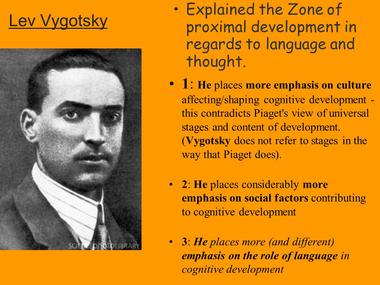
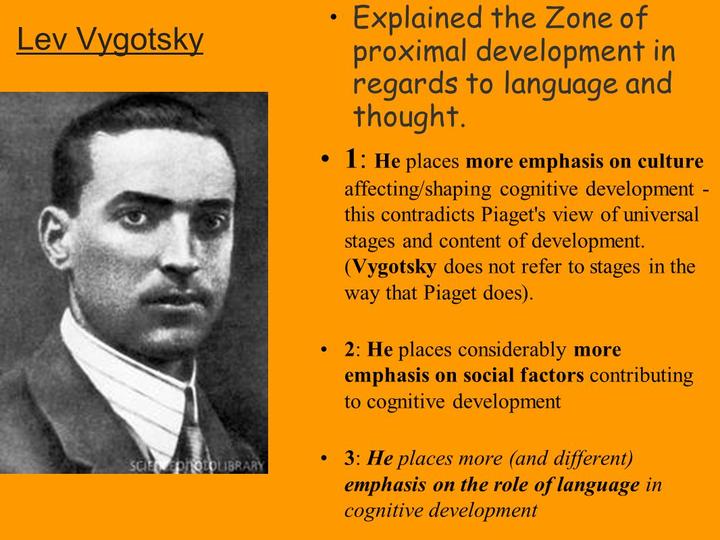
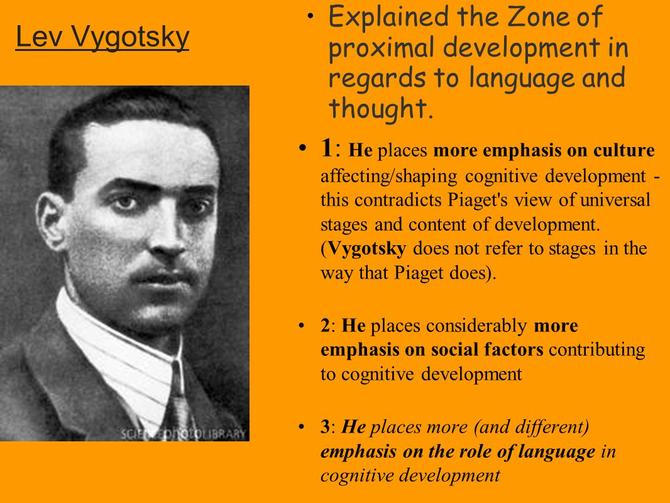
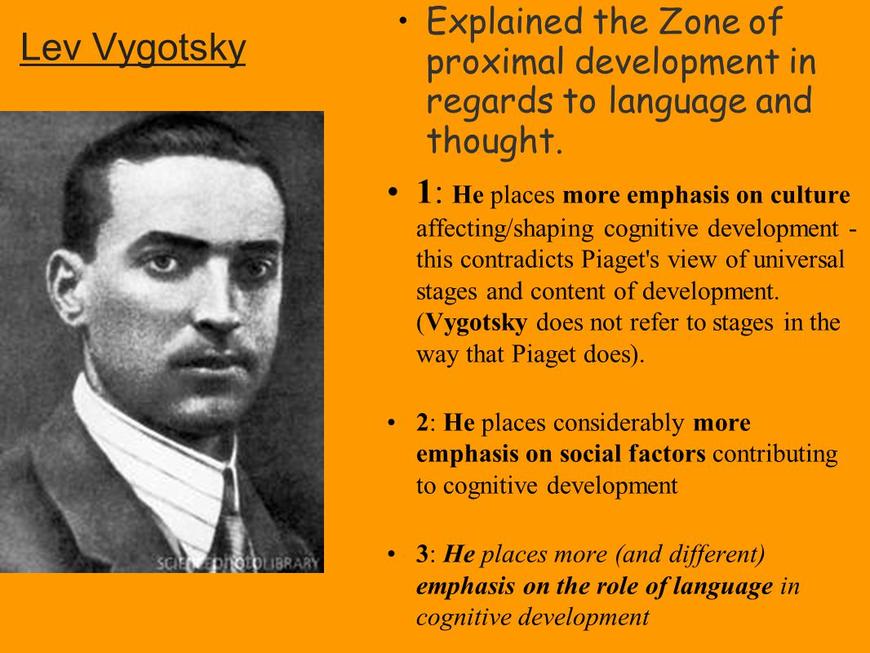
Attached file: Piaget vs. Vygotsky.docx
Click download to get access to a full version of the paper
Lev Vygotsky’s Theory
Contrasted to Piaget, the Soviet researcher in developmental psychology Lev Vygotsky offers a perception of cognitive development as a continuous process having no terminal stage. That means that development is a process beginning with birth and lasting till death. Moreover, the central place in this theory of development is given to nurture and social context. Social interaction and social learning are guiding cognitive development. So, the adults interacting with children pass their knowledge and perception of the world to them, they transmit the sense they imply into symbols and possible reactions for various stimuli coming from the outer world. To put it in other words, children’s mind is influenced and formed by external factors. Moreover, these external factors referred to as social world incorporate not only direct relationships with the teachers or adults sharing their skills with children, this also implies broad socio-cultural factors of influence on learning environment (Alpay). Culture is viewed as a set of accepted behaviors, beliefs, and attitudes reflected in different products of society including language (Alpay). Taking into account the fact that culture is a product of historical factors possessing its own peculiarities in different periods and countries, it is natural that human development affected with various cultural and historical factors will have certain peculiarities (Alpay).
As a social being, a child obtains knowledge and skills in the process of learning from other people as they share their experiences. Alike to the child of Piagetian theory, the child in Vygotsky’s approach is viewed as an active participant of development acquiring knowledge through interaction with more experienced individuals. Thus, we can see that Vygotsky considered both the active role of children and the importance of external influence for the learning process.
An important place was given to language in cognitive development. According to Vygotsky, language and cognition go hand in hand in their development. Language is perceived as the key tool of social knowledge acquisition as adults teach children through the means of language. Moreover, Vygotsky emphasized the meaning of private speech for children in terms of knowledge internalization.
So, language is perceived as a tool for social learning and knowledge transmission, and, of course, there must be a more knowledgeable person to transmit this knowledge. That means exactly that the theory presupposes the presence of the representatives of the social world who would guide children’s learning and thus mental development process. These can be teachers, parents, coaches and other adults.
In the framework of his development theory, Vygotsky also introduced a concept of the zone of proximal development (ZPD). According to it, the mechanism of cognitive development includes the actual competence level of a child and the level of functions yet unavailable but being in the process of maturation. In other words, there is a level possessed by an individual at the moment and the potential development level that can be achieved with the help of more knowledgeable others. Thus, the gap between these two levels that can be covered with the help of the social world (namely, teachers, adults, parents, etc.) is referred to as the zone of proximal development.
So, the key building bricks of Vygotsky’s theory include 1) the central role of teacher/learner relationships in the process of learning; 2) influence of immediate-social and inherent cultural factors on the child’s attitudes and beliefs; 3) perceiving language as an important tool in transmitting those influences to child; 4) the idea of children constructing their knowledge through social interaction and the importance of student-centered teaching methods (Alpay).
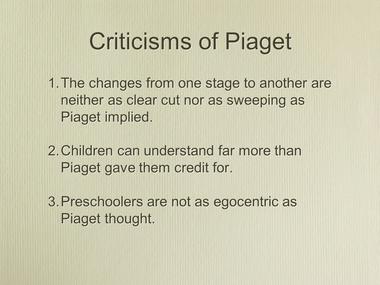
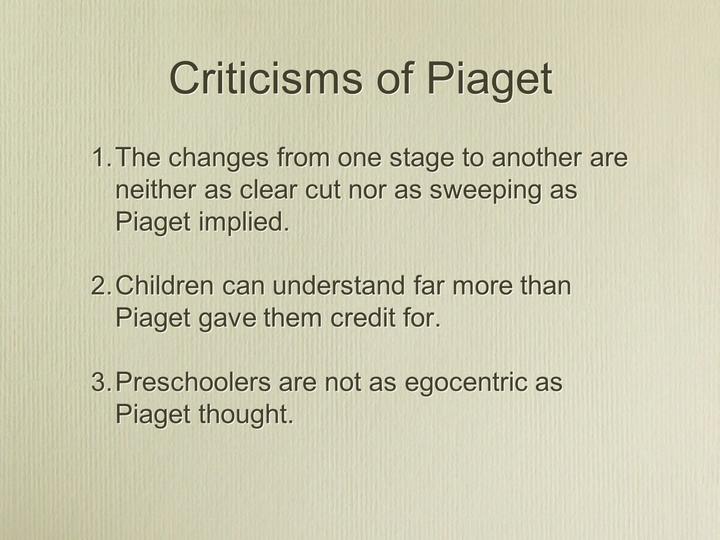
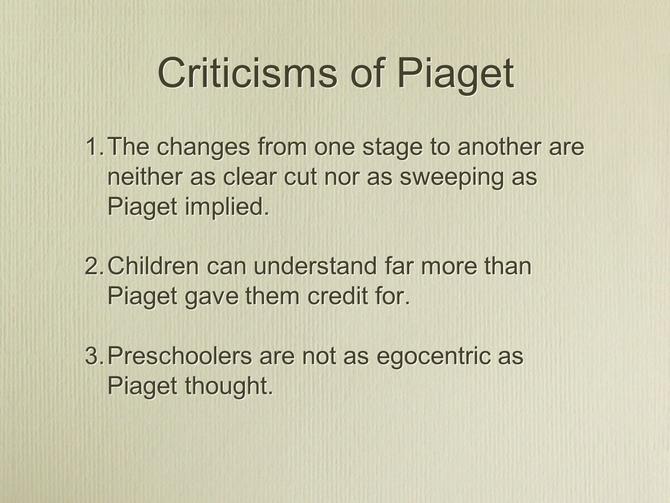
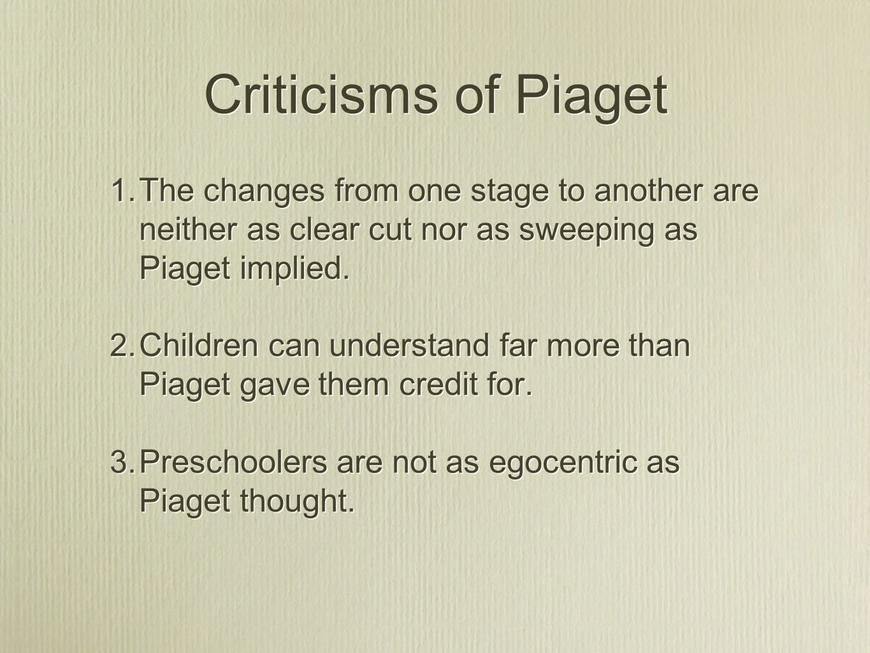
Evidence and criticism
Piaget
Despite being rather objective and thorough at first sight, Piaget’s stage theory of cognitive development has been widely criticized and refuted by the scientists, especially those who have controversial results of the empirical studies. The first flaw of this theory concerns the age frames settled by Piaget. Connecting each of the age stages, Piaget implied a certain set of skills and thinking operations available to and possessed by children. That means that – according to this theory – a child currently being on the preoperational stage of development will be incapable of performing tasks that require more complex skills and should deal with all the cognitive tasks in the preoperational level only. Moreover, this presupposes that attempts aimed at teaching children to operate more developmentally advanced concepts will inevitably be unsuccessful (Wood). Nevertheless, researches show that children may learn advanced concepts even with rather brief instructions; this especially concerns practical knowledge (Wood).
At the same time, many scholars argue about the relevance of the development stages offered by Piaget. First, research evidence show the blurredness of the age-based stages emphasizing that age boundaries of the stages may be shifted (this is also connected with the argument stated earlier on the capability of children to acquire more complex concept knowledge than those prescribed by Piaget for each stage). Second, some research data illustrates that further progress in the final – formal operational – stage is not guaranteed. For example, statistical data delivered by Keating demonstrates that from 40 to 60% of college students often fail in formal operational tasks (Keating). Moreover, some researchers state only one-third of all adults to ever reach the formal operational stage of cognitive development (McLeod).
Another flaw of the stage theory concerns the level of task complexity and possible bias in conclusions. Many modern researchers consider the tasks offered by Piaget for experiments to be too complicated and described in terms difficult for children’s understanding. That means a certain underestimation of children’s abilities, though a child would be able to perform the task requiring the same skills and knowledge if it was described in a simpler way (Wood).
One more fundamental flaw of the theory lies in the concept of children’s independence in the process of development. Piaget stated children to be like scientists constructing their knowledge themselves through the method of trial and error without any external intervention. In other words, this theory neglects the impact of social environment on the development process. Moreover, Piaget used a small sample size initially including only his own children in his observations. Thus, the study of the development pattern turned out to be rather biased (in combination with the fact that he conducted experiments alone) as the observed children belonged to one culture, and the results obtained could not be observed as universal for all the children in all the cultures (McLeod).




Vygotsky
Vygotsky’s theory is considered to be one of the most relevant nowadays as it takes the role of social environment and social learning into account. Numerous empirical studies and experiments during the 20th century and in recent years have been providing evidence that proves the positive and helpful impact of social context on cognitive development.
Among the empirical studies in the field of cognitive development, there is a Doll House Study performed by Freund (1990) that was aimed at comparing and evaluating the results of an application of two learning approaches offered by Piaget and Vygotsky (discovery learning and guided learning respectively). Children were offered a set of tasks in choosing furniture for dolls and them more complicated tasks including sorting the furniture. The first group of children was to complete the task without any help, and the other group was assisted by their mothers (i.e. more knowledgeable others). The evidence received in the experiment prove that children guided by their mothers performed better than those completing the tasks alone. Except that, this experiment proved the relevance of the ZPD concept (children assisted by their mothers were more successful in moving to the potential level of skills) (McLeod).
One more empirical study providing support to Vygotsky’s theory was held by Wood and Middleton in 1975. This experiment – similar to the abovementioned one – offered a set of tasks for children at the age of 4 (McLeod). Children were expected to build 3D models out of various building blocks. As the task was rather difficult for children to perform alone, their mothers provided different types of assistance from simply encouraging to giving specific instructions. The study is an illustration of the zone of proximal development concept as well as the importance of guidance/assistance in children’s learning (McLeod). Moreover, the evidence of the study emphasizes the importance of adjusting the assistance to the immediate need of the learner (McLeod).
Conclusion
The overview of the main cognitive development theories belonging to Jean Piaget and Lev Vygotsky allowed us to make sense of the mechanisms of development implied in them and gave a theoretical basis for the search of empirical theories-related evidence that would help us prove or refute the given theories. Having to overview the data provided by empirical studies, one may draw a conclusion that Piaget’s theory is much weaker and much more criticized than that of Lev Vygotsky. The main strong point of Vygotsky’s theory lies in the emphasis on the connection of development and its social context, as well as in taking the role of guidance in the learning process. Thus, Lev Vygotsky’s theory is widely applied in education and preschool development of children as it offers a favorable approach towards teaching practice and gives much influence to teachers themselves. Except that, Lev Vygotsky’s strategies help to organize and direct the developmental processes in children in a way that would bring the most fruitful results.